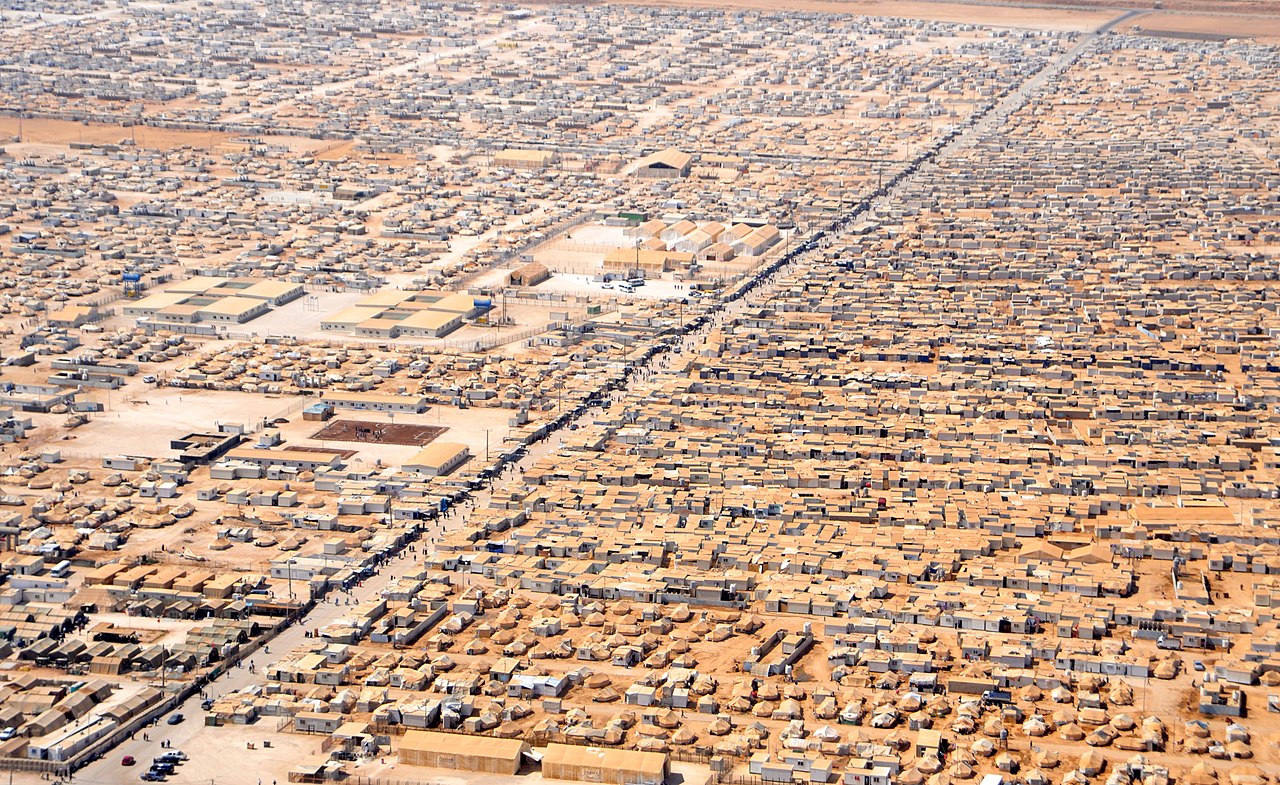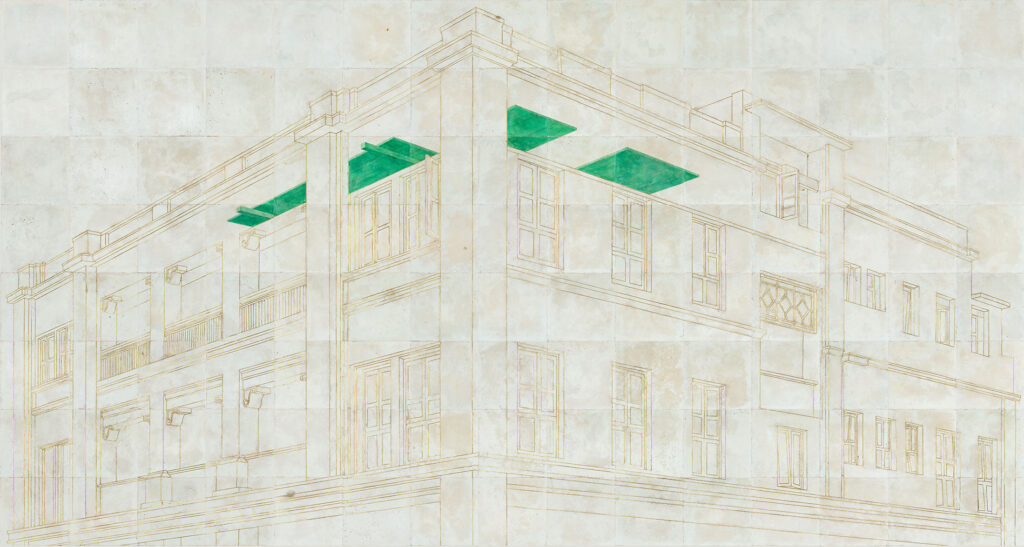Dr. Esther da Costa Meyer on the Architecture of Refugee Housing
Alsdorf-Freehling Lecture, On the Exhibition

About the Program
Artist Rathin Barman’s work, currently on view at The Arts Club, evokes the palatial colonial villas in Kolkata, many now inhabited by migrants fleeing violence. This correlation between colonialism and asylum seekers is crucial, as most refugees trying to reach Europe hail from former colonies. Esther da Costa Meyer, Visiting Professor at the Yale University School of Architecture, explores the architecture of refugee camps. Sometimes the size of cities, these camps, largely situated in the Global South, are run by humanitarian agencies and NGOs. Overwhelmed by the steep rise in numbers, which will escalate sharply due to climate change, humanitarian aid often replicates neo-colonial practices. A small but determined group of architects has been designing shelter for refugees around the world, keenly aware that there can be no architectural solution without the participation of the refugees themselves, their knowledge, and their heritage.
This program is presented in partnership with the Chicago Architecture Biennial.
